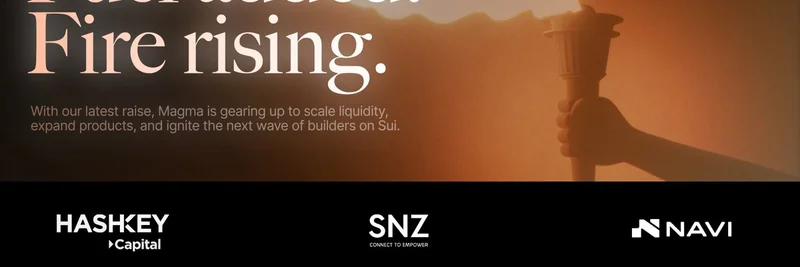In the fast-paced world of crypto, where "YOLO" (You Only Live Once) investments once ruled the day, things are starting to change. A recent tweet from crypto journalist Laura Shin highlights this shift, featuring a clip from her Unchained podcast with David Nage, VC Portfolio Manager at Arca. The discussion centers on how crypto protocols are increasingly being valued based on solid fundamentals rather than just hype or "vibes."
The Stargate Bidding War: A Turning Point
The catalyst for this conversation is the ongoing bidding war for Stargate Finance, a cross-chain DeFi protocol. LayerZero, an omnichain interoperability project, kicked things off with a $110 million bid to acquire Stargate. But then Wormhole, another cross-chain messaging protocol, jumped in with a counteroffer, arguing that Stargate's strong metrics—like $345 million in total value locked (TVL) and nearly $100 million in annual revenue—justify an even higher price.
This isn't just any deal; it's crypto's first major on-chain bidding war. As Nage points out in the podcast, it's a sign that the industry is maturing. Gone are the days when projects were valued on speculative airdrops (free token distributions to early users) or moonshot potential alone. Now, investors are applying traditional financial multiples—think price-to-earnings ratios adapted for crypto—to make sense of these assets.
For context, TVL refers to the total amount of assets locked in a protocol, a key indicator of its usage and health. Annual revenue, in this case, comes from fees generated by the protocol's bridging services, which allow assets to move between blockchains seamlessly.
From Vibes to Fundamentals: What It Means for Investors
Nage emphasizes that this shift means protocols like Stargate are being scrutinized like real businesses. Instead of throwing money at something because it's trending on X (formerly Twitter), VCs and investors are digging into the numbers. Is the project generating revenue? Does it have sustainable growth? These questions are becoming standard.
This maturation could stabilize the market, reducing the wild volatility we've seen in past cycles. But it also raises the bar for new projects. If you're building in crypto, you can't just rely on clever marketing or community hype—you need a solid economic model.
Implications for Meme Tokens
At Meme Insider, we're all about meme tokens, those fun, community-driven coins that often thrive on vibes and cultural moments. Think Dogecoin or Pepe—projects that exploded based on memes rather than tech fundamentals.
So, how does this valuation shift affect the meme space? On one hand, it might push meme projects to incorporate more utility. We've already seen some memes evolve into ecosystems with staking, NFTs, or even DeFi features to add real value beyond the joke.
On the other, memes could remain a niche where vibes still reign supreme. After all, not every token needs to be a serious business. The contrast highlighted by Nage's insights shows that while blue-chip protocols mature, memes can continue to offer that high-risk, high-reward excitement that draws so many to crypto.
If you're into memes, this is a reminder to diversify. Keep an eye on fundamentals-driven projects like those involved in the Stargate saga, as they might offer more stable growth alongside your YOLO bets.
Dive Deeper into the Discussion
Check out the full episode of Unchained (Episode 890) for more from David Nage on Unchained's website. You can also watch the teaser clip in Laura Shin's original tweet here.
As crypto evolves, staying informed on these trends is key. Whether you're a meme enthusiast or a DeFi degen, understanding valuations can help you navigate the blockchain world smarter. What do you think—will memes adapt or stay wild? Drop your thoughts in the comments!



